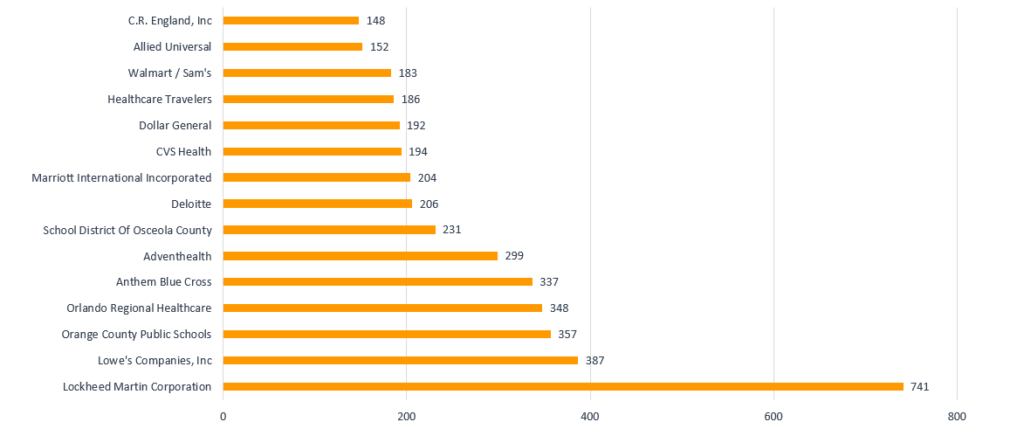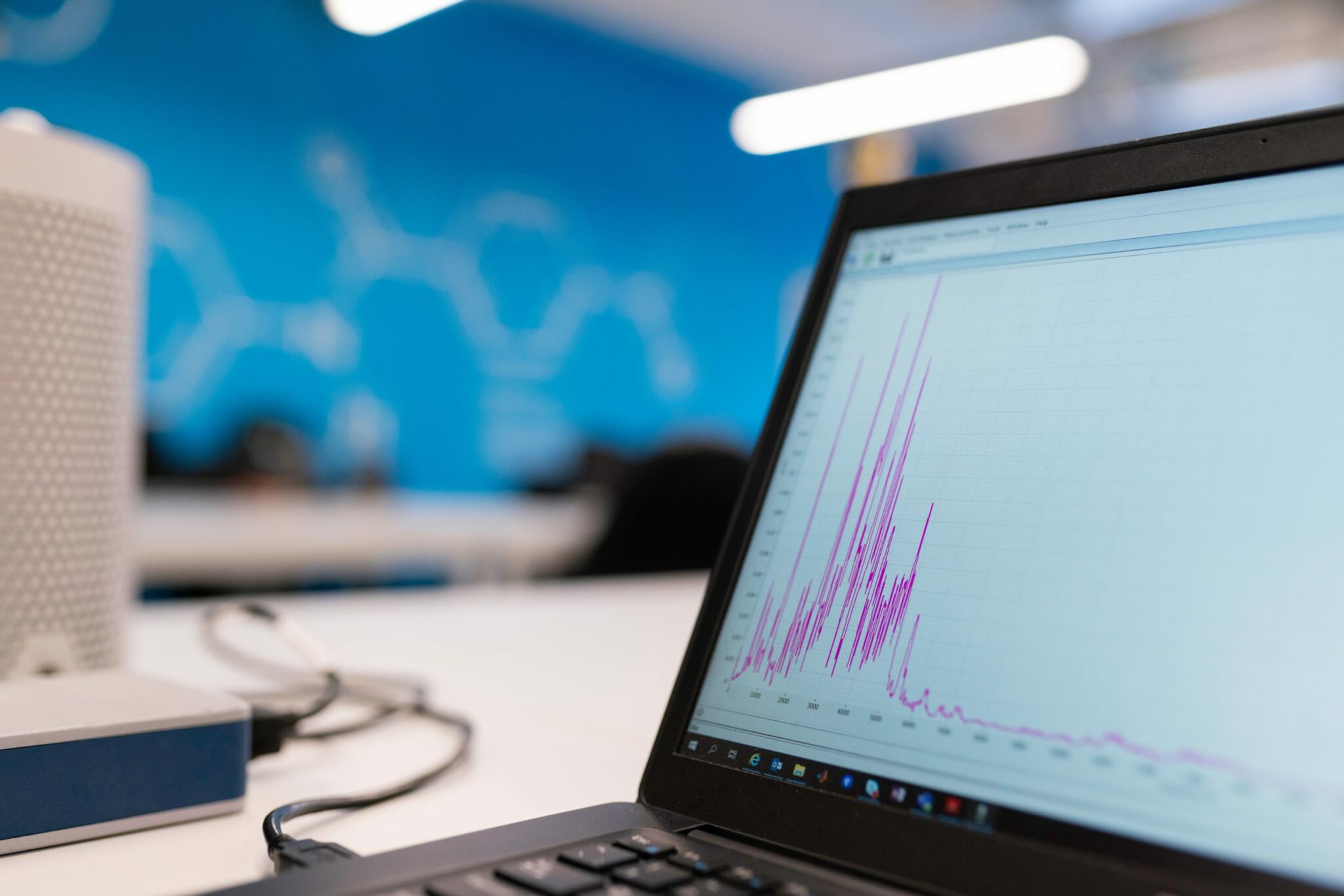A weekly update to high-frequency indicators through July 9 that will signal worsening or better economic recovery outcomes for the Orlando region.
In this weekly, special edition of the metro Orlando Market Overview, the Partnership research team analyzes select, high-frequency indicators* that will signal worsening or better outcomes for the region. The signs of a deepening recession or the beginning of a recovery will appear in these indicators before they are seen in a wider set of data sources.
Of note, the National Bureau of Economic Research officially declared the US economy in a recession on Monday, June 8. Starting in February, this recession ends a decade long period of economic expansion and the longest in recorded US history.
The metrics provided below will be updated in new posts on a weekly basis by the research team with the latest data available.
*Lags in data collection and publishing mean that many economic indicators will not begin to quantify the effects of a COVID-19 recession on the Orlando region until Q3 2020 and beyond.
| Unemployment Rate | New Claims for Unemployment Insurance | Month to Month Job Change | Week to Week Job Postings | |
| Metric | 22.6% | 10,637 | -57,200 | 5,385 |
| Rate of Change | +5.8pp MoM | -10% WoW | -4.9% MoM -16.4% YoY | -27.5% WoW |
| Date Range | May | June 27 | April-May | July 4 |
| Released | Monthly | Weekly | Monthly | Weekly |
Source: US Dept of Labor, FL DEO, Burning-Glass
Term Definitions:
- MoM = Month-over-month
- YoY = Year-over-year
Key Takeaways: Week of July 9, 2020
- The US unemployment rate fell to 11.1 percent in June. This data shows that 1 in 3 jobs have been regained since the beginning of the pandemic, many in restaurants and bars. Approx. 2/5 of job gains in June were in the Leisure and Hospitality Industry. Orlando can expect to see a similar trend with the release of June’s data on July 17th, showing signs of improved economic activity. However, this data was collected before new spikes in Coronavirus cases. The number of permanent job losses increased to 2.9 million in June, jobs lost now are less likely to return.
- New claims for unemployment insurance have been dropping from their weekly peak in late April, both nationally and in Florida. However, the number of new claims does not seem to be returning to pre-pandemic levels, instead settling at around 1.4M in the US and dropping to 67K in Florida in the most recent weeks (slide 6). This signals continued impacts from COVID-19 beyond just the spike seen during the height of shutdowns. Now, as economies reopen, there are still new claims for unemployment insurance being submitted.
- Small signs of good news appear in increasing employment in certain industries (slide 10) where last month not a single industry grew. Increases in employment appeared from April to May in retail trade, business services, education and healthcare, construction, and financial activities etc. The Leisure and Hospitality industry continues to see employment declines, decreasing overall employment by 59 percent year-over-year. This industry includes restaurants, bars, museums, hotels, theme parks etc.
- Job posting data reflects real-time labor market information and business reopening. Job posts declined sharply in late March and stayed down throughout April. At the end of May, job posts began to increase, signaling tentative, returning strength to the job market as the region began to reopen. However, the most recent week shows a decrease in the number of active posts, potentially an immediate reaction to spikes in COVID-19 experienced across Florida. Note: Job posts do not measure hires and may include companies who continue to post jobs but are on a hiring freeze. Top job posters are mainly in the healthcare space, along with defense and public education.
1. Unemployment Rate
2019-2020, NSA
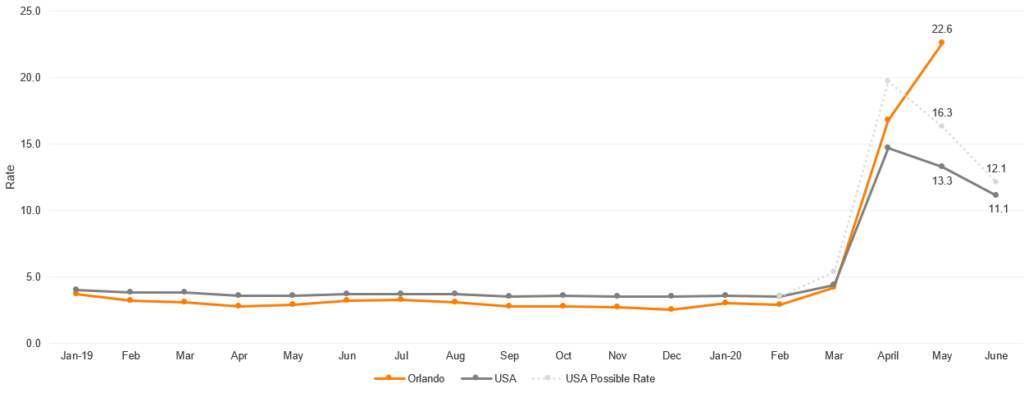
Note: The U.S. unemployment rate for June is 11.1% with the Bureau of Labor Statistics (BLS) suggesting it should be 1 point higher due to a misclassification of “absent” workers. The noted, possible rate from the BLS is included on the gray, dashed line.
2019-2020, NSA by County
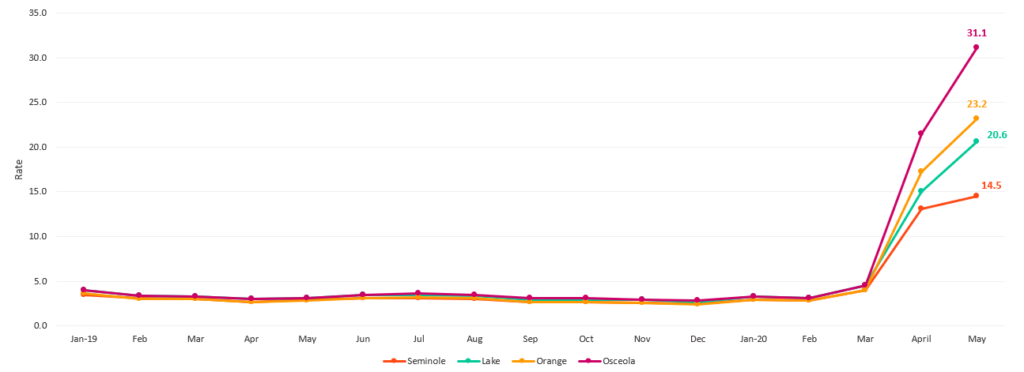
2. New Claims for Unemployment Insurance
U.S., Jan 2020 – July 4, 2020
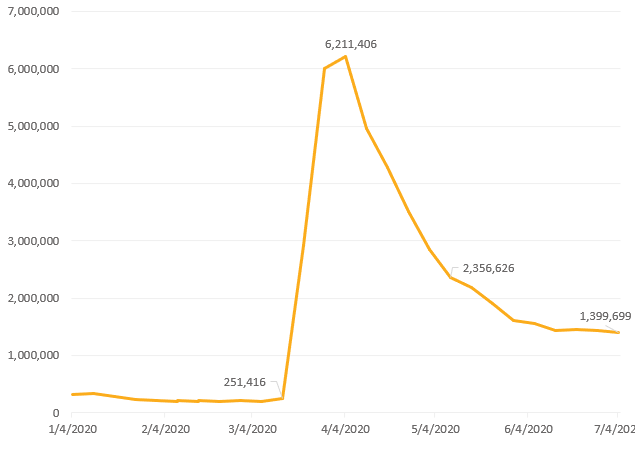
Florida, 2019 – July 4, 2020
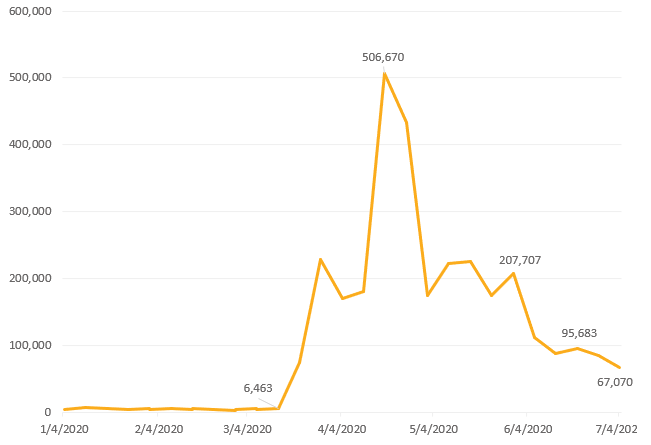
Orlando MSA March 7 – June 27, 2020
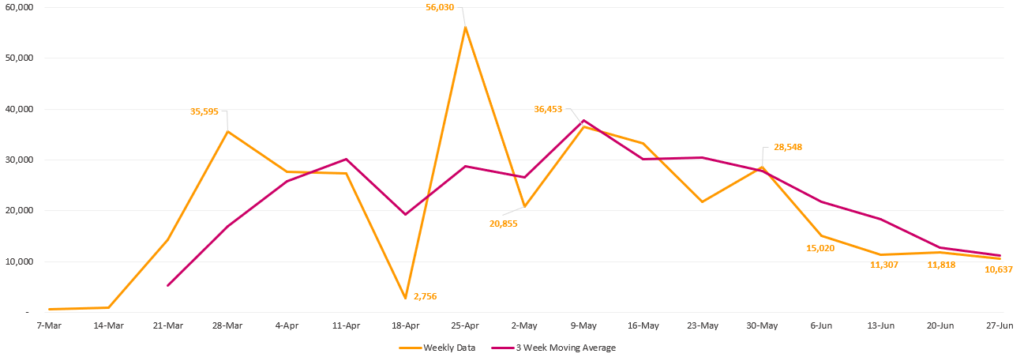
Note: Cumulative claims for unemployment insurance from March 7 – June 27 are 354,885 (26% of the labor force). This is not the same number as the unemployment rate.
Orlando Counties, March 7 – June 27, 2020
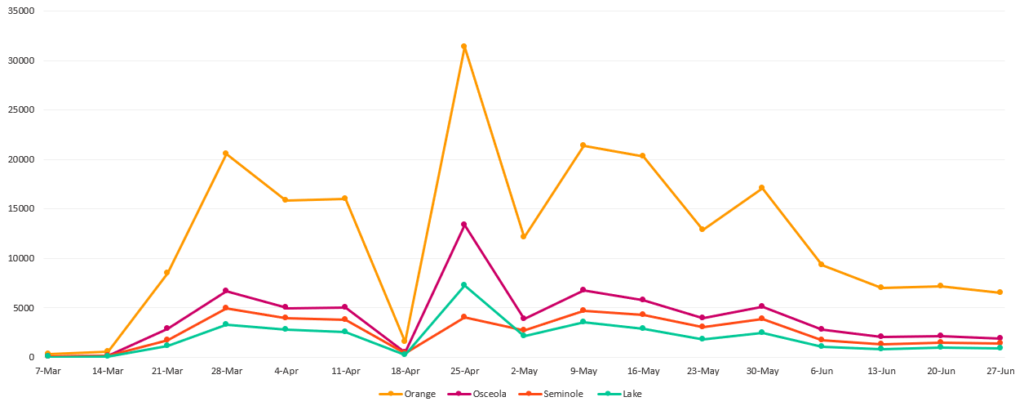
Cumulative Initial Claims for Unemployment By County: March 7 – June 27

Note: Data released weekly
3. Month to Month Job Change – By Industry
1-Month Change in Employment April-May 2020 (Not Seasonally Adjusted)
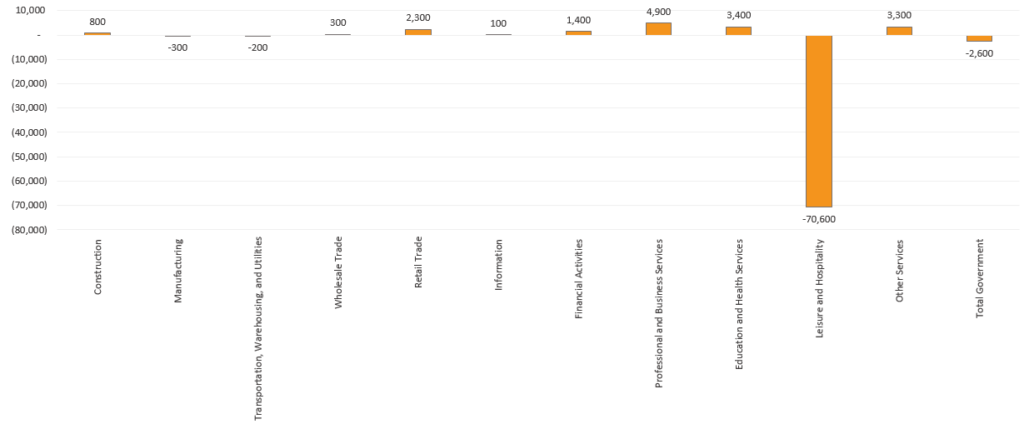
Note: Next update July 17
4. Job Postings – Time Series Analysis
Total Online Job Ads, Orlando MSA, by Weekly Posted
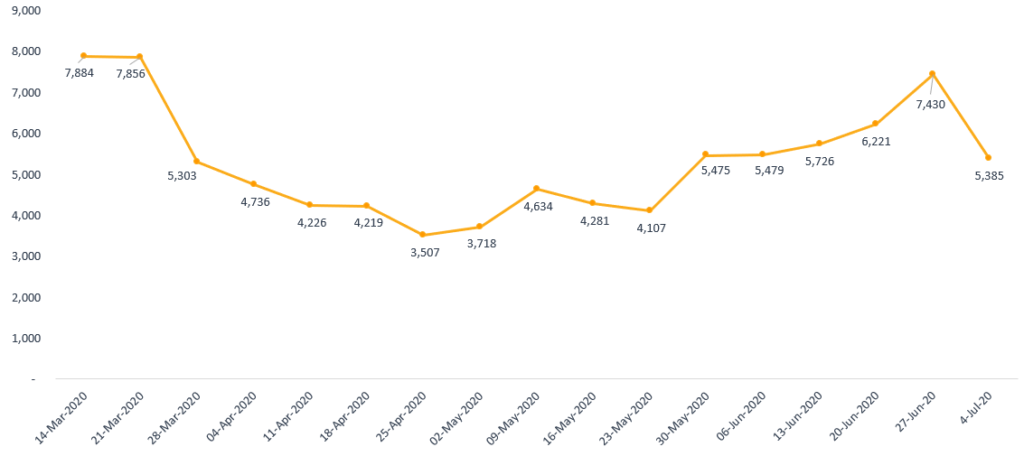
Jobs in Greatest Demand: Orlando MSA, Last 90 Days Ending July 9, 2020
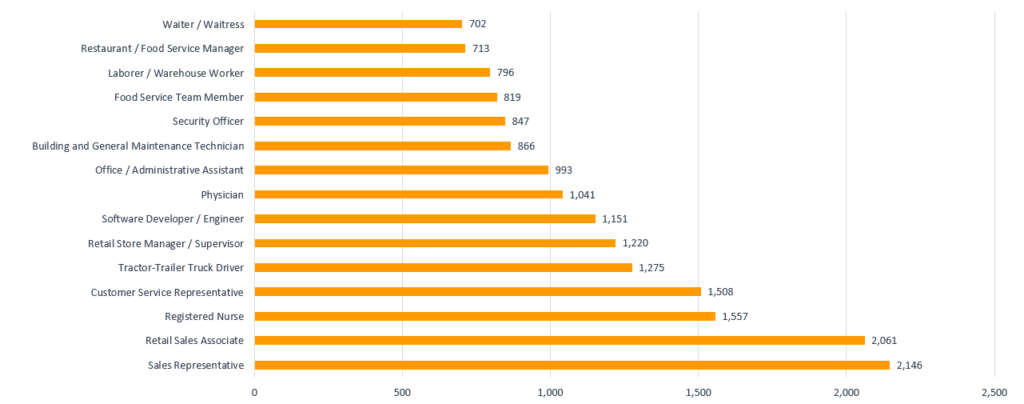
Employers With Most Job Openings: Orlando MSA, Last 90 Days Ending July 9, 2020
